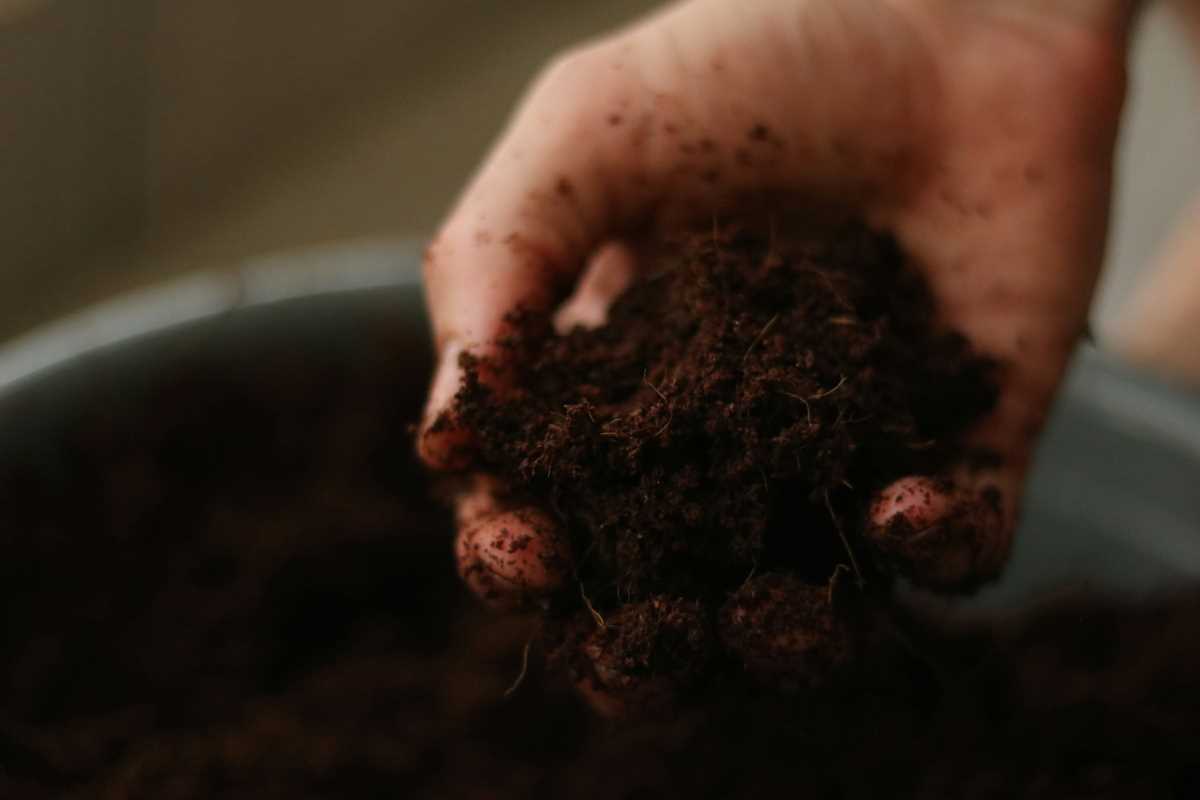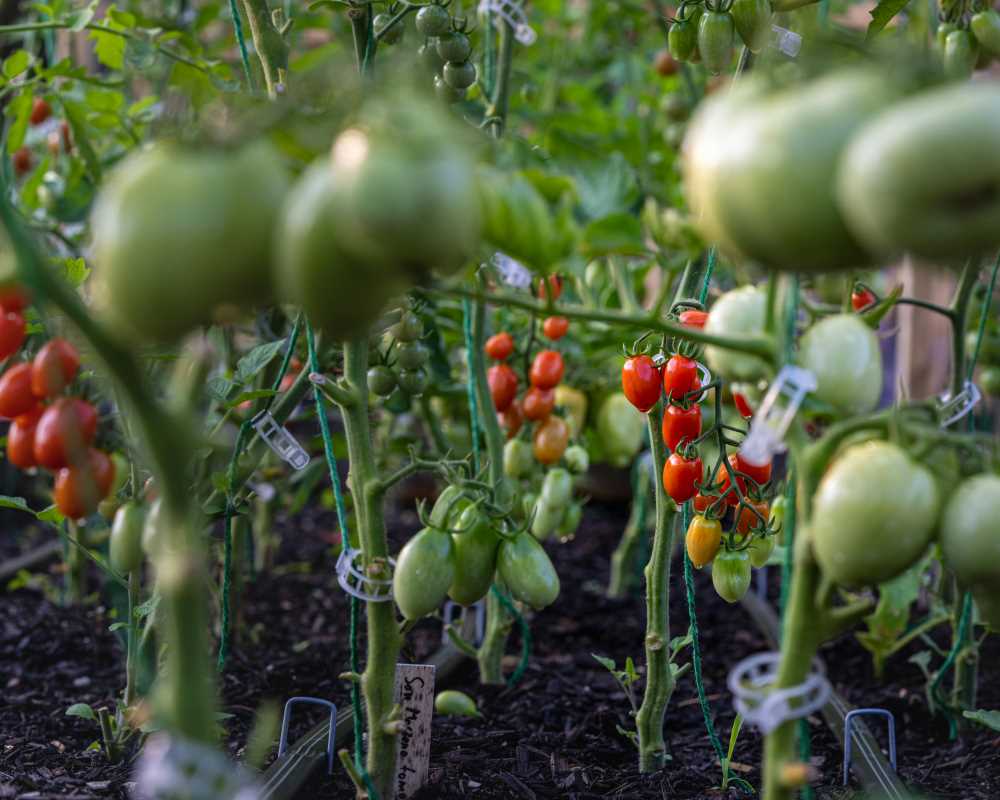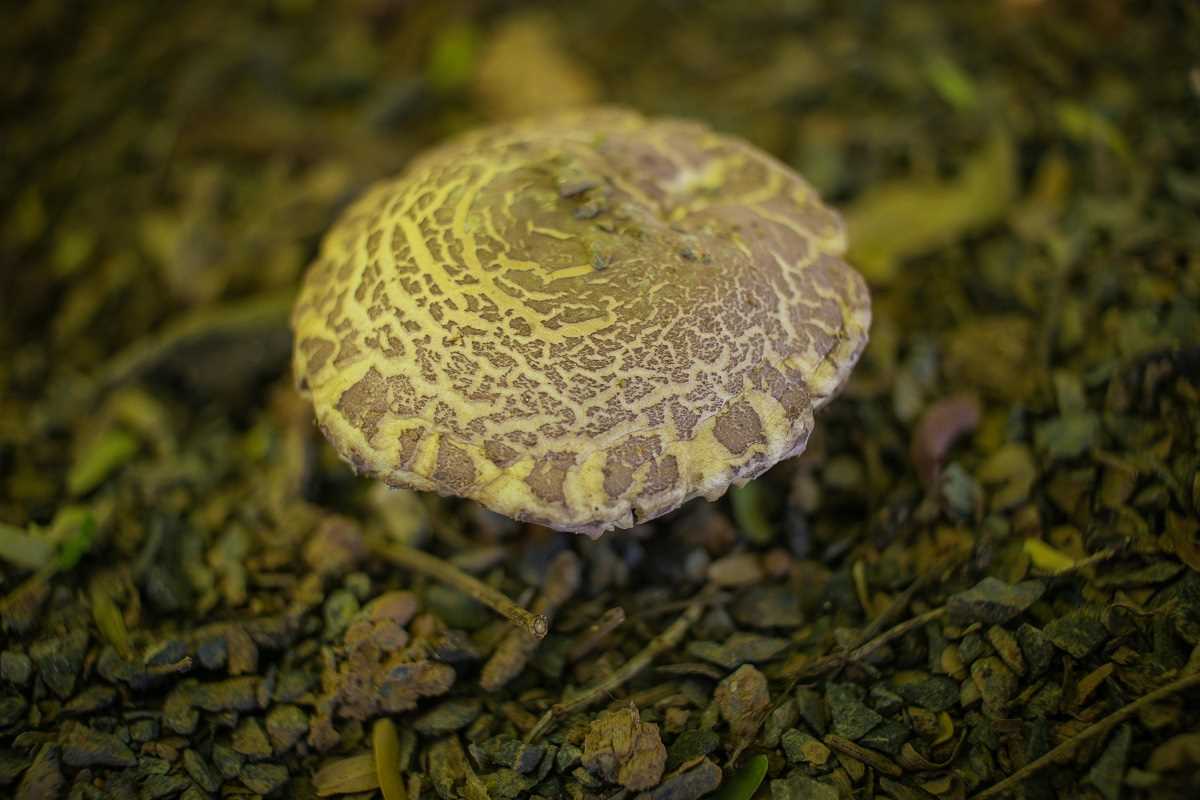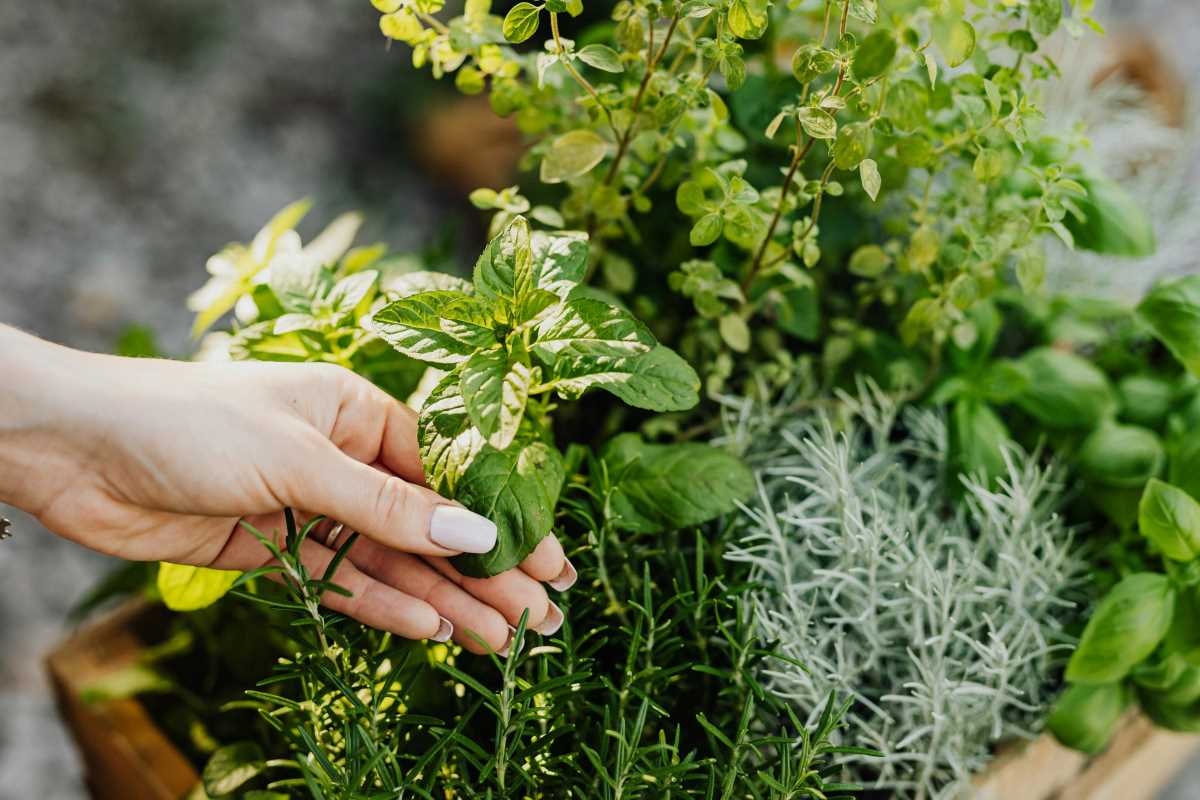Creating your own compost is one of the most rewarding ways to reduce kitchen and garden waste while enriching your soil naturally. For eco-conscious and vegan gardeners, plant-based composting offers an ethical and sustainable alternative to traditional compost, which often includes animal by-products like manure or bone meal.
By sticking to plant-based materials, you can still produce nutrient-rich compost that supports healthy plant growth while aligning with cruelty-free values. This comprehensive guide walks you through everything you need to know about making plant-based compost for a sustainable garden.
Why Go Plant-Based with Your Compost?
Traditional composting methods often include components like animal manure, blood meal, or fish emulsion to boost nitrogen and other nutrients. While effective, these ingredients come with ethical and environmental implications that eco-conscious gardeners may wish to avoid.
Benefits of Plant-Based Compost:
- Eco-Friendly: Repurposing plant scraps reduces landfill waste and helps cut down on greenhouse gas emissions.
- Cruelty-Free: Avoiding animal-derived products ensures a gardening practice that aligns with vegan values.
- Safe for Wildlife: Chemical-free, plant-based compost supports garden biodiversity and protects pollinators, insects, and other wildlife.
- Enriches the Soil: Packed with nitrogen, phosphorus, and potassium, plant-based compost improves soil fertility and boosts microbial activity.
Whether you’re growing food or flowers, your garden will thrive with this nutrient-dense solution.
What Materials to Include
The foundation of great plant-based compost lies in selecting the right combination of materials. Composting relies on balancing two main types of organic matter, often called “greens” and “browns.”
Green Materials (Rich in Nitrogen):
- Fruit and vegetable scraps (apple cores, peels, etc.)
- Coffee grounds (including filters)
- Tea leaves or tea bags (make sure they’re compostable and free of plastic)
- Fresh grass clippings
- Green leaves or garden trimmings
Brown Materials (Rich in Carbon):
- Dry leaves
- Shredded paper or cardboard (avoid colored inks)
- Wood chips or sawdust (from untreated wood)
- Straw or hay
- Dried plant stalks
Avoid These Materials:
- Meat, dairy, and fish products
- Oil or grease
- Pet waste
- Diseased plants
- Glossy or shiny paper
Keeping your compost strictly plant-based ensures it remains vegan-friendly and free of pathogens or harmful substances.
Step-By-Step Guide to Making Plant-Based Compost
Here’s how to set up and maintain your compost pile or bin for maximum success.
Step 1. Choose Your Composting Method
Decide whether you’ll use a compost pile, bin, or tumbler. Each has its pros and cons, so choose one that fits your space and lifestyle.
- Compost Pile: Ideal for large gardens or yards. Simply designate a corner of your outdoor space for composting.
- Compost Bin: Great for smaller spaces. Use a store-bought or DIY bin with ventilation holes.
- Tumbler: Perfect for those who want a low-maintenance solution. Tumblers make aerating your compost easier.
Step 2. Start with Layers
To create a well-balanced compost pile, layer your green and brown materials.
- Base Layer: Begin with a layer of coarse browns like twigs or straw for proper drainage.
- Alternate Layers: Add greens and browns in alternating layers, aiming for a ratio of 2–3 parts browns to 1 part greens.
The right balance ensures your compost breaks down efficiently without unpleasant odors.
Step 3. Maintain Moisture Levels
Compost should feel like a damp sponge—not too wet and not too dry.
- Too Dry? Add greens or water, but avoid oversaturating.
- Too Wet? Mix in more browns like shredded paper or dry leaves.
Covering your compost pile with a tarp or lid can help regulate moisture while keeping pests out.
Step 4. Turn Your Compost Regularly
Aerating your compost introduces oxygen, which speeds up the decomposition process and prevents foul smells.
- Turn or mix your compost every 1–2 weeks.
- Use a pitchfork or shovel if you’re composting in a pile or bin.
Regular turning also redistributes heat, ensuring all materials decompose evenly.
Step 5. Wait and Monitor
Patience is key. Compost can take anywhere from 3 months to a year to fully break down, depending on the materials and conditions.
To check if your compost is ready:
- Look for a dark, crumbly texture with an earthy scent.
- Ensure no recognizable food scraps or plant matter remains.
Tips for Successful Plant-Based Composting
Here are some extra tips to help you master the art of sustainable composting.
Keep a Compost Bucket Handy
Place a small compost bin or bucket in your kitchen for collecting scraps. Choose one with a lid to minimize odors and make it easy to transport to your compost pile.
Avoid Overloading with Greens
Although greens decompose quickly, too much of them can make your compost wet and smelly. Always balance them out with plenty of browns.
Chop Larger Materials
Shredding or cutting up materials like branches, veggie scraps, or cardboard speeds up decomposition.
Encourage Microbial Activity
Add a handful of garden soil or finished compost to introduce beneficial microbes that kickstart the breakdown process.
Be mindful of Seeds
Avoid composting weeds or plants that have gone to seed. Otherwise, you might find them sprouting in your garden later!
Benefits of Plant-Based Compost for Your Garden
Why should you bother with plant-based compost? Here are just a few reasons your garden will thank you.
Enriched Soil Health
Compost improves soil structure, enhancing its ability to retain water and nutrients. Root systems develop more easily in the loose, airy soil that compost creates.
Reduced Dependency on Chemicals
Plant-based compost naturally provides essential nutrients like nitrogen, phosphorus, and potassium, reducing the need for synthetic fertilizers.
Support for Biodiversity
Healthy soil enriched with plant-based compost becomes a habitat for earthworms, bacteria, and fungi that keep ecosystems functioning smoothly.
Sustainability at Its Best
By recycling plant waste, you minimize landfill contributions and reduce your carbon footprint. Composting is one of the most sustainable gardening practices you can adopt.
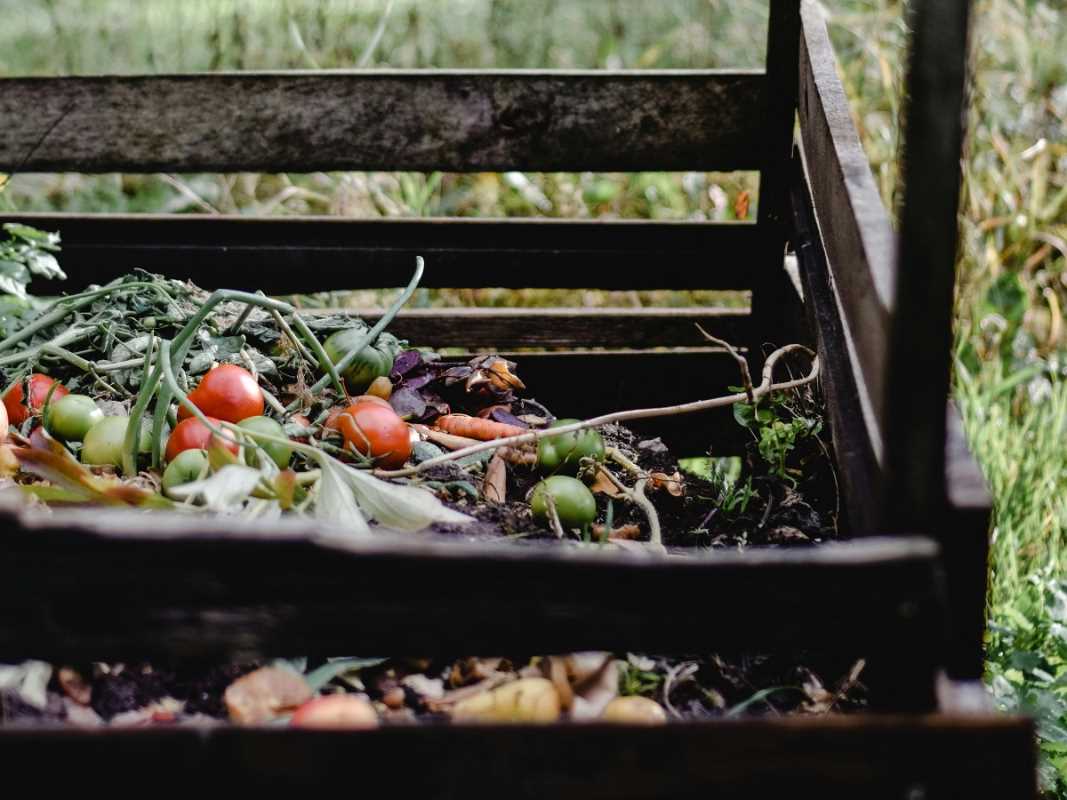 (Image via
(Image via